#astrology history
Text
Shellie’s Simple Lessons in Astrology:
I'm finally getting started!
My goal with these lessons is to help anyone interested to learn more about themselves by giving the basic tools and information to be able to look at their own chart and “decode” the language.
Before beginning this new endeavor, I wanted to cover a few basics about astrology’s history. And also a little bit about myself!
Astrology’s History:
Astrology is over 5000 years old. In Mesopotamia around 3000 BCE Babylonians became the first astronomers by recording and identifying the prominent constellations and their patterns. Babylonians also created the first zodiac wheel.
Constellation maps have existed far longer than maps of the world, and for centuries early civilizations used the rhythm and cycles of the Sun, Moon, & Stars to hunt, plant, harvest, migrate, and even to treat illnesses and ailments.
Astrology is a method of predicting human and earthly behavior based on the placements and movements of the sun, moon, and planets within the 12 zodiac constellations.
During the Middle Ages, astrology was a fundamental part of culture. Being practiced and studied by doctors, astronomers, and mathematicians alike. Advances in mathematics helped astrologers develop better, more accurate and sophisticated charts.
Belief in astrology began to decline as the church gained power. It was seen as superstition during the Holy Inquisition which is when Galileo Galilei was charged with heresy and was forced to renounce his astrological beliefs to save his life.
Today, the practice of astrology is seen and used as a form of entertainment. Although many societies and cultures still utilize the reading of the stars to successfully plant/harvest crops, kill weeds, plan surgeries, and ween their children from bottles & pacifiers. (More on the Farmer’s Almanac later!)
Shellie’s Herstory:
I’m self-taught! I’ve been studying astrology for nearly 30 years.
I started when I was 10 years old with my still-to-this-day-bestie. We used “The Only Astrology Book You’ll Ever Need” which we both still use today. We even taught ourselves to manually calculate full birth charts including ascendants (this was pre-Internet days!) and cast many charts for our friends over the years.
I try to find fun, simple, easy-to-digest ways to explain the complexities of astrology even when the learner has zero prior knowledge.
I try to make it a point to regularly remind everyone that no one person is all one thing and no two people are exactly the same. We are humans and are a complex amalgamation of nature and nurture. I once read something that said (save for twins born within the same minute via cesarean, etc) it would take 25,000 years for a natal chart to repeat exactly. So, safe to say everyone has their own, individual, unique birth chart!
Come learn with me! No matter how long I’ve been doing this, there are always new things to learn in this very old, very information-dense topic. So always bring questions – I don’t know everything but I love to research and learn new things!

#astroblr#astrology#learn astrology#astrology made easy#simplify astrology#beginner astrology#astrology basics#astrology history
26 notes
·
View notes
Text
Thinking about how women, on the whole, have been more open to astrology in these modern times since it’s been shunned by science and religion. That unfortunately also works to the advantage of people who would like to keep astrology known as just a silly, dumb girl hobby.
But astrology has been around in all cultures since before all major religions. People have always sensed that we can look to the sky, containing the macrocosm outside this microcosm, for understanding.
I wonder what that says about women that they have been more open to believing in this connection we have with the cosmos (and nature) than men have been?
I think that merely on a physical level, womens’ bodies have a deeper connection with the cosmos. We have cycles that can sync with the Moon, and we are the sex that brings life from the spiritual to the physical realms, which is a very intimate encounter with sacred forces. Because our bodies are made for an even more intimate connection with nature and the cosmos, I think our minds evolved that way too. I think that on average, we have more developed intuition, and we are more concerned with nurturing life, so we can have a more developed interest and/or ability to see connections between life and natural phenomena.
Black Moon Lilith is still in nearly an exact conjunction with Venus retrograde in Leo, so female empowerment is the name of the game right now. 🖤 I know I’ve been having many thoughts the last few days relating to the natural powers that women have, so I wanted to share some as they relate to womens’ relationship with astrology.
Bask in your primal power today, lovelies!
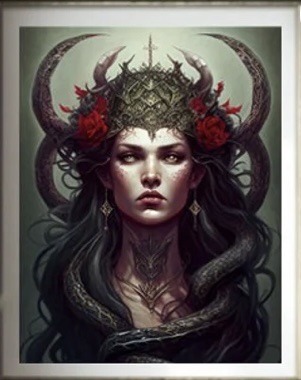

#black moon lilith#lilith#goddess lilith#venus conjunct lilith#astrology 2023#astrology transits#lilith in leo#female empowerment#venus in leo#astrology blog#spirituality#astrologynerd#lilith in astrology#goddesses#woman power#astrology history#astrology is real#venus retrograde#primal#lunar witch#women in astrology
42 notes
·
View notes
Text


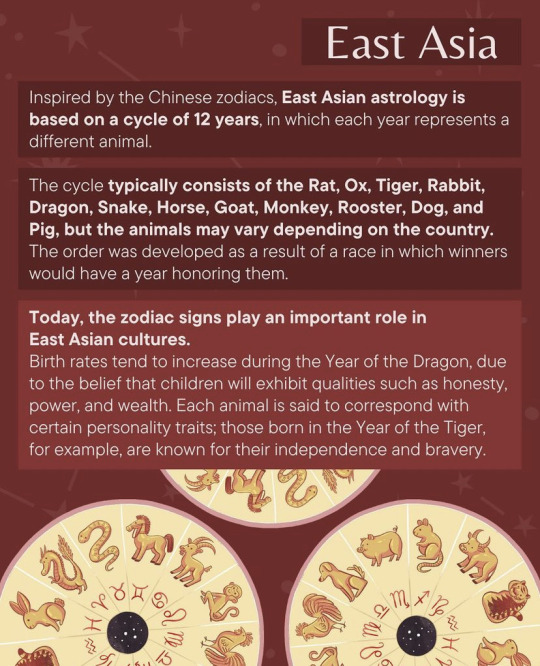
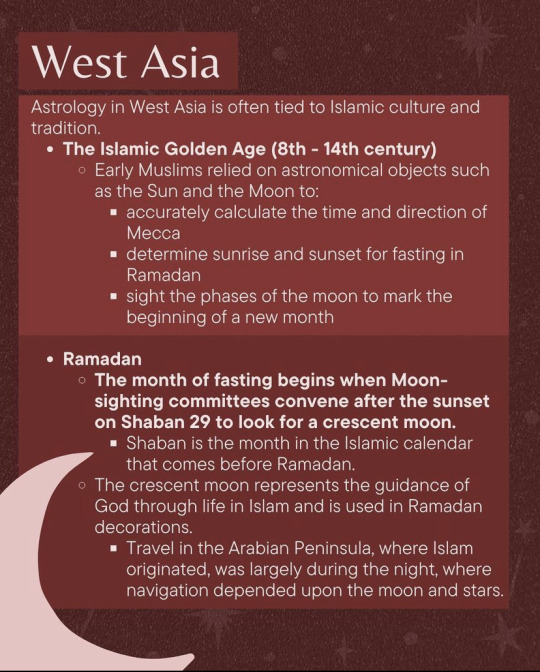




Astrology Across Asia by DearAsianYouth
#DearAsianYouth#vedic astrology#hindusim#nakrashatas#witchblr#witch notes#astrology#astrology notes#astrology observations#astro notes#Asian Astrology#Centeral Asia#East Asia#South Asia#South East Asia#Astrology History#horoscope#Chinese Astrology#West Asia#Islam#Astronomy#Mecca
173 notes
·
View notes
Text
What are the Purposes Of Astrology | Monkvyasa

On the other hand, astrology’s initial goal was to predict a person’s future based on the positions of the planets and the zodiac signs (the 12 astrological constellations) at the time of his or her birth or conception. The foundational methods of astrology were created from this field known as genethlialogy (casting nativities). General, catechismal, and interrogatory are the three primary branches of astrology that emerged following genealogy.
General astrology investigates the connections between social groups, nations, or all of mankind and key astronomical events (such as the vernal equinox, eclipses, or planetary conjunctions). It provides astrological explanations to queries the bru had previously been asked in Mesopotamia.
Whether or not a chosen moment is astrologically favourable for the success of a course of action started in it is determined by catarchic (pertaining to beginnings or sources) astrology. It basically goes against a strict interpretation of genealogy because it enables the person (or corporate body) to operate during astrologically favourable times and avoid any failures implied by nativity.
Based on the heavenly conditions at the time the client asks the questions, interrogatory astrology responds to the client’s inquiries. This astrological counselling service necessitates that the astrologer undergo ritual purification and preparation since it is even more removed from determinism than catarchic astrology.
Other types of astrology are variations on one or more of the aforementioned, such as iatromathematics (the application of astrology to medicine) and military astrology.
Historical development
Astral omens in the ancient Middle East
The astral omens used in Mesopotamian divination were later incorporated into what is now known as astrology in the traditional sense and formed the basis of a subfield of astrology called natural astrology. The cuneiform work Enma Anu Enlil, which is devoted to celestial omina, began during the first dynasty of Babylon (18th to 16th centuries BC), even though lunar eclipses appear to have been viewed as foreboding at a considerably earlier period. However, this series’ ultimate compilation and codification were not finished until the start of the first millennium BC. A standard version, however, never existed, according to the tablets that have survived, the majority of which are from King Ashurbanipal’s (7th century BC) Assyrian library. Each copy featured a distinct layout and contents that were intended to make it easier for the owner to consult the omens.
The four major categories that the Enma Anu Enlil omens were divided into were named after the four main deities who were involved in the ominous communication: Sin, Shamash, Adad, and Ishtar. Omens related to the Moon’s earliest crescents, eclipses, haloes, and conjunctions with certain fixed stars can be found in Sin (the Moon); Sun-related occurrences like eclipses, the simultaneous observation of two suns, and perihelia (additional suns) are dealt with by Shamash (the Sun) as omens; Ishtar (Venus) contains omens relating to planetary phenomena such as first and last visibilities, stations (the points at which the planets appear to stand still), acronychal risings (rising of the planet in the east when the Sun sets in the west), and conjunctions with the fixed stars. Adad (the weather god) is concerned with omens relating to meteorological phenomena, such as earthquakes, thunder, lightning, and cloud formations. Although this network of watchers was formed throughout the Assyrian kingdom in the 7th century BC, their reports frequently mention these omens, they appear to have fallen out of favour by the conclusion of the Persian era’s rule over Mesopotamia (ending in the 4th century BC). The right linkages between celestial phenomena and terrestrial events were afterwards sought out in numerous writings collectively referred to as the Diaries. The Achaemenid dynasty controlled Persia from 559 to 330 BC. Prior to this evolution, however, parts of the ancient omen series were directly conveyed to Egypt, Greece, and India as a result of their dominance of these cultural areas or of their border regions.
Astral omens in Egypt, Greece, India, and China
An ancient demotic papyrus based on an original from around 500 BC provides the bulk of the evidence supporting the transfer of lunar omens to Egypt during the Achaemenid period. The remnants of a treatise written in Greek in the second century BC and allegedly addressed to a King Nechepso by the priest Petosiris point to a more comprehensive usage of Mesopotamian heavenly omens.The second book of the Apotelesmatika, or “Work on Astrology,” by Ptolemy, a Greek astronomer of the second century AD; the first book of an astronomical compendium, by Hephaestion of Thebes, a Greco-Egyptian astrologer of the fifth century AD; and the On Signs of John Lydus, a Byzantine bureaucrat of the sixth century AD, all included material from Enma AnuThe Magusaeans of Asia Minor, a group of Iranian settlers influenced by Babylonian ideals, provided another another route of transmission to the Greeks. Several Classical books on natural history, especially those of Pliny the Elder (c. AD 23–79) and the Geoponica, contain their lessons (a late collection of agricultural lore).
Numerous works on heavenly omens also exist in various Middle Eastern languages, though it is still unknown where they came from and whether they are directly related to Mesopotamian culture or came from Greek or Indian intermediates.The most significant of these writings are those that the Harranians attribute to Hermes Trismegistus and are now preserved in Arabic, the Book of the Zodiac of the Mandaeans (a Gnostic sect still active in Iraq and Khuzistan), the Apocalypse, which is attributed to the biblical prophet Daniel and is still in existence in Greek, Syriac, and Arabic versions, and The Book of the Bee in Syriac.
During the Achaemenid occupation of the Indus valley in the fifth century BC, it appears that Mesopotamian omen literature, including the material in Enma Anu Enlil, was transmitted to India. Buddhist missionaries played a significant role in bringing this information to Central Asia, China, Tibet, Japan, and Southeast Asia. The earliest indications of this knowledge may be found in Buddhist literature from this time. But the earliest iteration of the as-yet-unpublished Gargasamhita (“Compositions of Garga”), which dates to around the first century AD, is the most significant of these Indian texts and the oldest one still in existence in Sanskrit. The original Mesopotamian text was changed to conform to the Indian social structure, which included the four-caste system and the upper castes’ obligation to carry out the samskaras (sanctifying ceremonies).
The Brhatsamhita, or “Great Composition,” of Varahamihira (circa 550), the Jain Bhadrabahu-Samhita, or “Composition of Bhadrabahu,” (circa 10th century), and the Parishishtas (“Supplements”) of the Atharvaveda (possibly 10th or 11th century), are the most notable later collections of omens in Sanskrit, though these add little, However, there is a significant infusion of Arabic adaptations of the ancient Mesopotamian celestial omens as conveyed through Persian (Tjika) translations in the works titled Tjika from the 13th century and afterwards. In the older Sanskrit works, the omens’ links with astrology had mostly been in the areas of military and catarchic astrology; however, in Tjika, they are strongly related to general astrology.
#Benefits of astrology#astrologer#astology#astrology horoscope#types of astrology#astrology history#Astral omens#Purposes of astrology
2 notes
·
View notes
Text
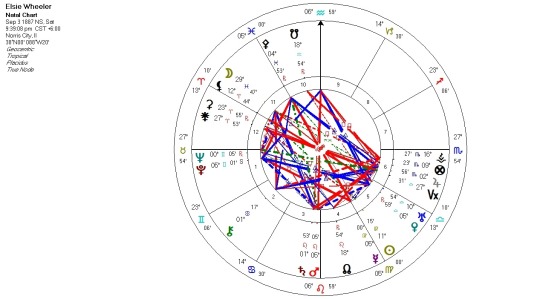



Elsie May Wheeler – Spiritualist Medium With A Gift For The World
Elsie May Wheeler smiled through years of affliction.
She was also a devoted spiritualist minister. It's fun to share Astrology in common with brilliant people.
Though, of course, I'm still humbled by her particularly insightful gift which she shared with the world.
Her chart shows, like mine, a natal Virgo sun. We also see Chiron (which is my Pullen chart [co]ruler) in the 2nd in common with me. Lastly, we share the same nodal signs; Leo north and Aquarius south.
0 notes
Text
I'd like to introduce you to LJS 57, a compendium of Astronomical text in Hebrew, written in Spain around 1391. It's an interesting combination of astronomy and astrology, and illustrates how the division between "science" and "not science" was not nearly so clear in the past as it is today. It has some fantastic illustrations of constellations!
🔗:
#medieval#manuscript#medieval manuscript#14th century#hebrew#astronomy#astrology#stars#constellations#illustrations#illuminations#diagrams#history of science#book history#rare books
4K notes
·
View notes
Text
MYSTICAL HISTORY OF ASTROLOGY – HISTORICAL ORIGINS OF ASTROLOGY

The Sumerians in Mesopotamia—a ancient place of Western Asia—had been the primary to begin noting the actions of the planets and stars. In round 3000 BCE, they recorded and diagnosed the distinguished constellations and patterns. Within Mesopotamia, the Babylonians (additionally referred to as the Chaldeans) have become the primary wonderful astronomers. Continuing on from the Sumerians’ research, the Babylonians created the primary zodiac wheel.
At across the quit of the fifth century BCE, Babylonian astronomers divided the ecliptic into 12 equal “symptoms and symptoms,” that correspond to the three hundred and sixty five days of the yr at 30 days every. Each signal contained 30° of celestial longitude, developing the primary recognized celestial coordinate machine. Each phase turned into frequently diagnosed through the call of an animal. The Greeks later furnished the time period for the zodiac once they defined it because the zodiakos kyklos, aka “animal circle.”
Source Link
#astrology#history of astrology#astrology history#history of astrology signs#history#history of astrology timeline#history of astrology documentary#history of astrology in hindi#history of astrology in india#truth and history of astrology#history of yijing astrology#hellenistic astrology#history of western astrology#history of chinese astrology#history of horoscopic astrology#history of astrology and zodiac signs#what is astrology#is astrology real
1 note
·
View note
Text
☆ Astro ☾ Observations ☆
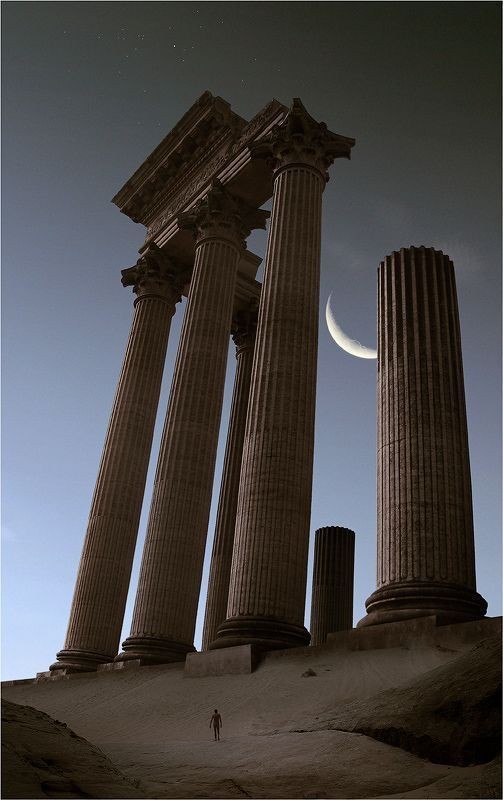

••°🏺•°•°•°🏺•°•°•°🏺•°•°•°🏺•°•°•°•🏺°•°•
━━━━━━━━━━━━━━━━━
☾☆☾☆☾☆☾☆☾☆☾☆☾☆☾☆
☆ Your Mars sign = what energy you tend to give to others
Aries Mars: Dominant, Leader
Taurus Mars: Gentle, Exciting
Gemini Mars: Curious, Funny
Cancer Mars: Warm, Lovable
Leo Mars: Popular, Fiery
Virgo Mars: Bossy, Smart
Libra Mars: Charm, Beautiful
Scorpio Mars: Magnetic, Misterious
Sagittarius Mars: Sensual, Attractive
Capricorn Mars: Noble, Respectable
Aquarius Mars: Authentic, Creative
Pisces Mars: Empathic, Ethereal
☆ You can have Venus Signs who are not that posesive in love relationships such Sagittarius/Gemini/Aquarius Venus unless the Venus makes an aspect with Pluto it can give this posesive vibes
☆ Cancerian Degrees over your Venus [4°, 16°, 28°] can show a need for safety and reassurance in relationships, you want your relationship to feel like home without any doubt
☆ Virgo Degrees over your 7th house cusp [6°, 18°] can show that you need a serious partner in relationships but also someone who can get along good with you (Mercury influence) you can have very social partners
☆ Cancerian Degrees over your 7th house cusp (4°,16°. 28°) attract nurturing people. Because these people tend to give the "mother" vibe and the "comforting vibe" to their partners also to be able to build an special connection with their spouses
••°🏺•°•°•°🏺•°•°•°🏺•°•°•°🏺•°•°•°•🏺°•°•
📜🏛️🎼📜🏛️🎼📜🏛️🎼📜🏛️🎼📜🏛️🎼📜🏛️🎼

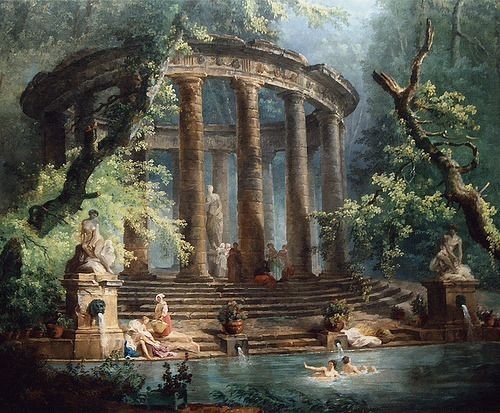
••°🏺•°•°•°🏺•°•°•°🏺•°•°•°🏺•°•°•°•🏺°•°•
📜🏛️🎼📜🏛️🎼📜🏛️🎼📜🏛️🎼📜🏛️🎼📜🏛️🎼
☆ Imagine how badass is to have a Mercury/Venus sign to rule your 8th house 🥵
Mercury ruling the 8th house = pleasant voice, sensual voice, likes dirty talk, temptation
Venus ruling the 8th house = sensual love, dynamic, seductive, possesive, passionate
Is literally so 🥵 🥵🥵 you have these 2 influence over your 8th house if you have {Gemini or Virgo in your 8th house or Libra and Taurus in your 8th house}
☆ Sun/Moon rulling over your 7th house (Leo, Cancer in the 7th house) besties....how it is to be the main character? This energy in here is so cute With Leo in the 7th house you attract partners who can be adore you and with Cancer in the 7th house you attract partners who can a special bounding in love and to love you so much, a win for a win
☆ Saturn/Uranus rulling over your 7th house (Aquarius in the 7th house, Capricorn in the 7th house) This energy is karmic, how many times did it happened to you to met karmic partners who bring lessons with them? You are ethereal
••°🏺•°•°•°🏺•°•°•°🏺•°•°•°🏺•°•°•°•🏺°•°•
━━━━━━━━━━━━━━━━━━━━━━━━━━━━━━━━
📜🏛️🎼📜🏛️🎼📜🏛️🎼📜🏛️🎼📜🏛️🎼📜🏛️🎼
☾ANCIENT HISTORY ☾
📜🏛️🎼📜🏛️🎼📜🏛️🎼📜🏛️🎼📜🏛️🎼📜🏛️🎼
━━━━━━━━━━━━━━━━━━━━━━━━━━━━━━━━
••°🏺•°•°•°🏺•°•°•°🏺•°•°•°🏺•°•°•°•🏺°•°•
☆ Babes how it is to have the planet of Love rulling your 7th house? (Libra 7th house, Taurus 7th house), Venus feels like home here so she sends you THIS lovely energy in your life, your love life is supported by Venus, this is everything
☆ Sagittarius and Pisces in the 7th house you attract people who really enjoy life and know how to live their life at fullest, with Sagittarius in the 7th house your partners might also know how a party/ I love Jupiter energy in the 7th house because is planet of abundance and luck and in the 7th house is just blessed, amen.
••°🏺•°•°•°🏺•°•°•°🏺•°•°•°🏺•°•°•°•🏺°•°•
📜🏛️🎼📜🏛️🎼📜🏛️🎼📜🏛️🎼📜


••°🏺•°•°•°🏺•°•°•°🏺•°•°•°🏺•°•°•°•🏺°•°•
☆ Neptune and Pluto in the 1st/10th houses give beautiful majestic eyes. Probably you heard this before, they both have this influence over your appearance and is 🌟 Pretty 🌟
☆ The native with Mercury in the 5th/9th/10th/11h houses might be attracted to other languages or cultures and that makes them to appreciate and respect them. They are very intelligent and love to learn new things
☆ The Native with Moon in the 4th/9th/12th houses might be attracted other cultures aswell and like to learn how things, they are also very curious people when it comes to learning something new 🌟🫶🏼 lovely placements
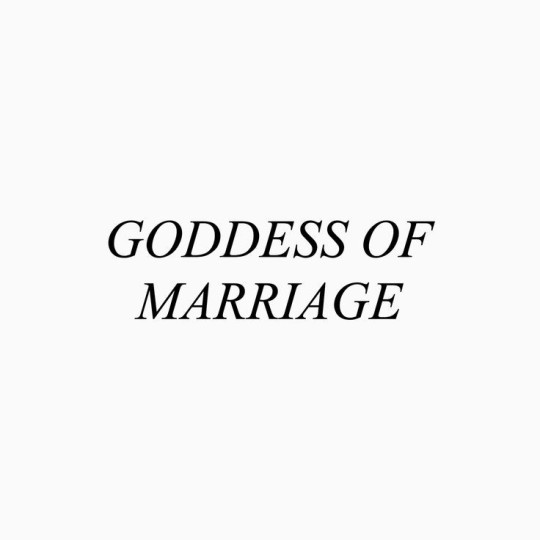

☆ Asteroid Hera (103) how's your loyalty?
Hera in Aries - They are hot when they're loyal
Hera in Taurus - Possesive and gentle
Hera in Gemini - Loyal with their own words
Hera in Cancer - They will never abandon/leave their partners because they are extremely loveable, very loyal
Hera in Leo - Very loyal and proud because of this, your loyalty is strong
Hera in Virgo - Loyal but tend to overthink if their partners do the same or if they are loyal aswell, very protective
Hera in Libra - Loyal and romantic, wouldn't dare to hurt their partners
Hera in Scorpio - Loyal and jealous, possesive and sometimes clingy aswell
Hera in Sagittarius - Very passionate energy, they tend to make memories with their partners and that means a lot for them so very loyal
Hera in Capricorn - The definition of loyalty, they are loyal, they are hot, they are the boss
Hera in Aquarius - Loyalty is something that keeps them authentic and unique they love with passion
Hera in Pisces - They are too sweet to hurt their partners, too sweet for this world, they can end up being hurt because, very loyal and extremely lovely
Asteroid Hera (103) is one of my favorites asteroids in the whole sky, i love Hera and her backstory she is so badass and so queen energy. She is the queen of the gods after all 👑👑👑
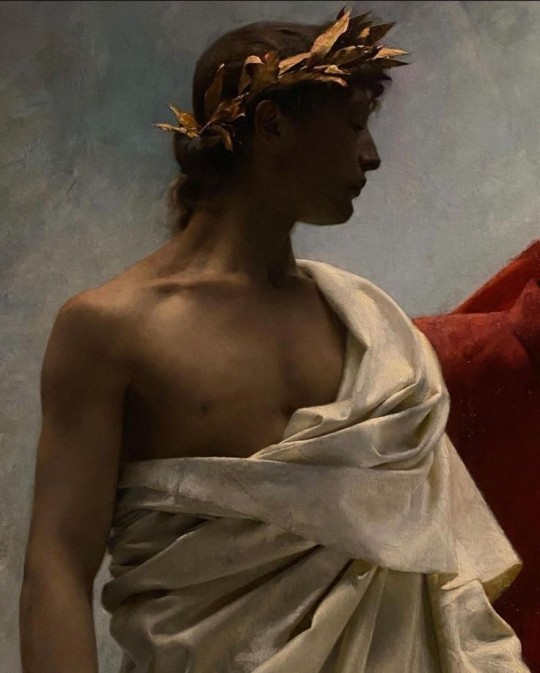
☆ Natives with Venus in the 2nd/5th/6th/10th houses can develop love for food, they love eating and love to taste things especially sweets 🧁
☆ Moon in aspect with Jupiter can make the native a history/Ancient time lover, they can have a love for vintage aswell and their intuition is another whole level
☆ Mercury in Sagittarius/Virgo/Pisces/Aquarius have the most funniest laughs i ever heard, seriously the fun starts when some of these natives starts to laugh 😂
━━━━━━━━━━━━━━━━━━━━━━━━━━━━━━━━
📜🏛️🎼📜🏛️🎼📜🏛️🎼📜🏛️🎼📜🏛️🎼📜🏛️🎼
☆ Lilith in Aries/Cancer/Capricorn/Libra = Generational Breakers (Lmao these are the all the Cardinal signs i didn't even realised) they come to break bad habits in different topics in their life
Aries Lilith - Personality/Ego/ How they see themselves
Cancer Lilith - Family Generational Curse breaker/Ancestral breakers/ Restoring peace in family
Capricorn Lilith - Career/Job/Work breakers, breaking the bad habits of having a bad job and working harder to get a good deserved job/
Libra Lilith - Breaking bad patterns in relationships/bad habits in relationships/self love/
☆ Libra/Pisces and Cancer Moons can fall very easy in love and sometimes that can not be the best decision because it can happen too fast they can aswell end up heartbroken because of the same thing
☆ Jupiter in Leo/Libra/Taurus how does it feel to have this unique aesthetic for beauty 😍? Literally you are gorgeous and you show it to the world
☆ Saturn in Water Signs (Cancer, Scorpio, Pisces) can have a karmic pattern of learning how to deal with intense emotions and how to react when these intense emotions happen (They can tend to be emotionally blocked which is bad for them)
━━━━━━━━━━━━━━━━━━━━━━━━━━━━━━━━
📜🏛️🎼📜🏛️🎼📜🏛️🎼📜🏛️🎼📜🏛️🎼📜🏛️🎼
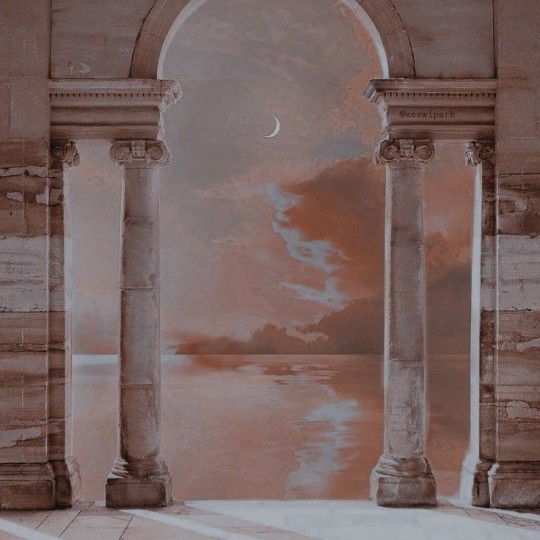
☆ Lilith (h12) in Leo degrees - (5°, 17°, 29°) how does it feel to be the main character? These people are so gorgeous from head to toe, the native can possess a natural seduction just like Lilith in Leo people have
☆ Lilith (h12) quincunx ascendant/rising: So many people told me to write about this aspect and babes here it comes, natives with these aspects have an hard time understanding their destiny/desires and sometimes even their sexuality or sexual desires, you will understand these and experience these things with the time
☆ Lilith conjunct Saturn can feel very restricted to be themselves is like they feel judged to be themselves which can be sad and painful, these aspect is very strong but aswell very karmic
☆ Karma asteroid [3811] aspecting Venus or asteroid Juno (3), karmic partners, karmic relationships, lessons involving partners/relationships, bestie you're just a karmic being at this point 💅🏼
━━━━━━━━━━━━━━━━━━━━━━━━━━━━━━━━
📜🏛️🎼📜🏛️🎼📜🏛️🎼📜🏛️🎼📜🏛️🎼📜🏛️🎼
🏺Ancient Greek is fabulous. Full of history, secrets and power. I love how these things could survive in time long enough until us, the last generations to keep it and honor it. Because this is also about our past and our ancestors 🏺
••°🏺•°•°•°🏺•°•°•°🏺•°•°•°🏺•°•°•°•🏺°•°•
I hope you enjoyed my posts and the theme/aesthetics 🥰🌸🏺 Have a good day full of good energy and love 💕
••°🏺•°•°•°🏺•°•°•°🏺•°•°•°🏺•°•°•°•🏺°•°•
- Harmoonix 🐚
#astrology#astro tumblr#astro fyp#astrology fyp#astro observations#astrology observations#astro notes#placements#astro community#birth chart#ascendant#horoscope#zodiac#new observations#harmoonix#notes#aesthetic#ancient#greek tumblr#history#ancient greece#mythology#asteroid observations#asteroid hera 103#asteroids#asteroid hera#hera goddess#lilith#generational curses#fyp tumblr
2K notes
·
View notes
Text
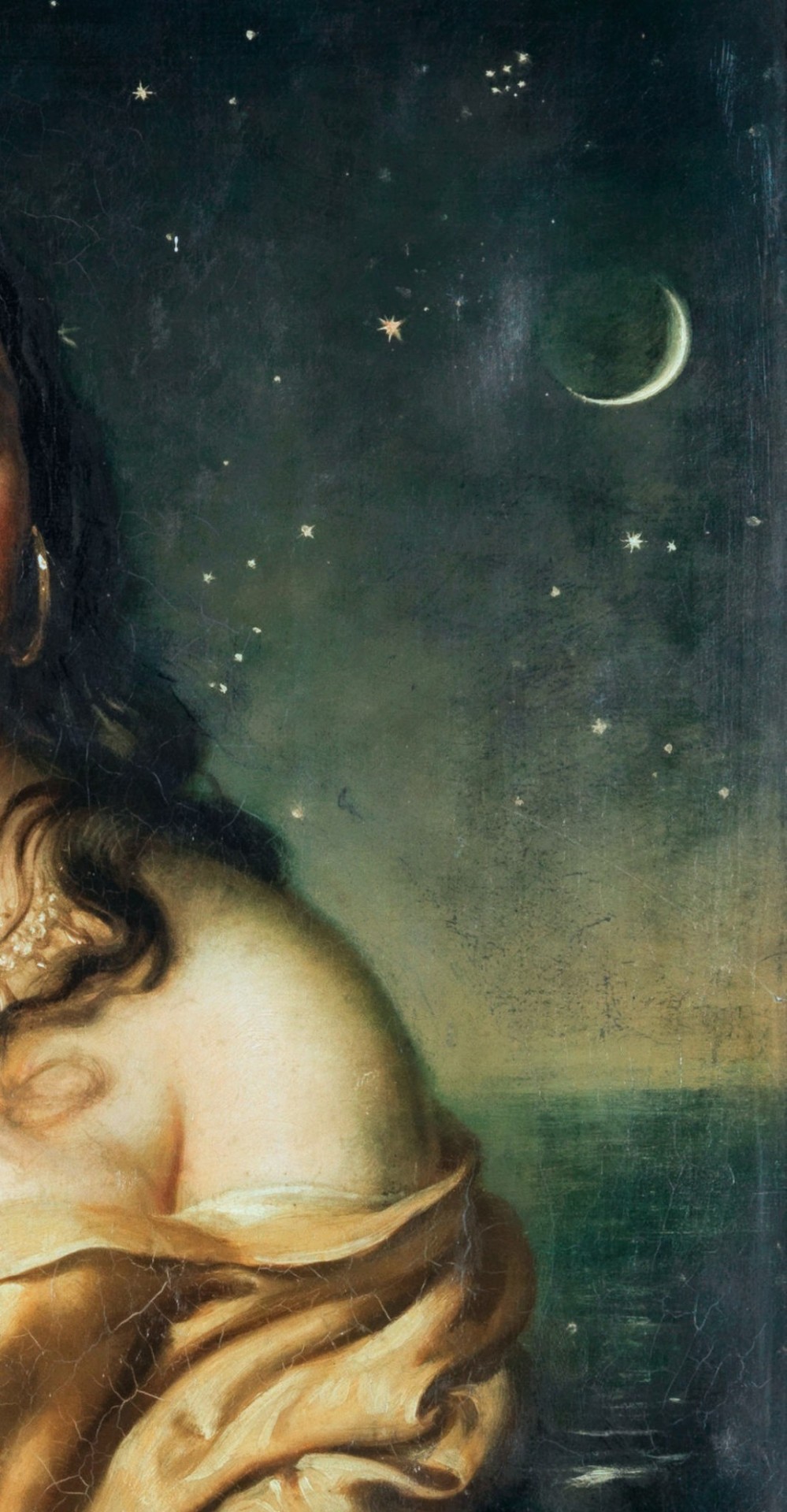
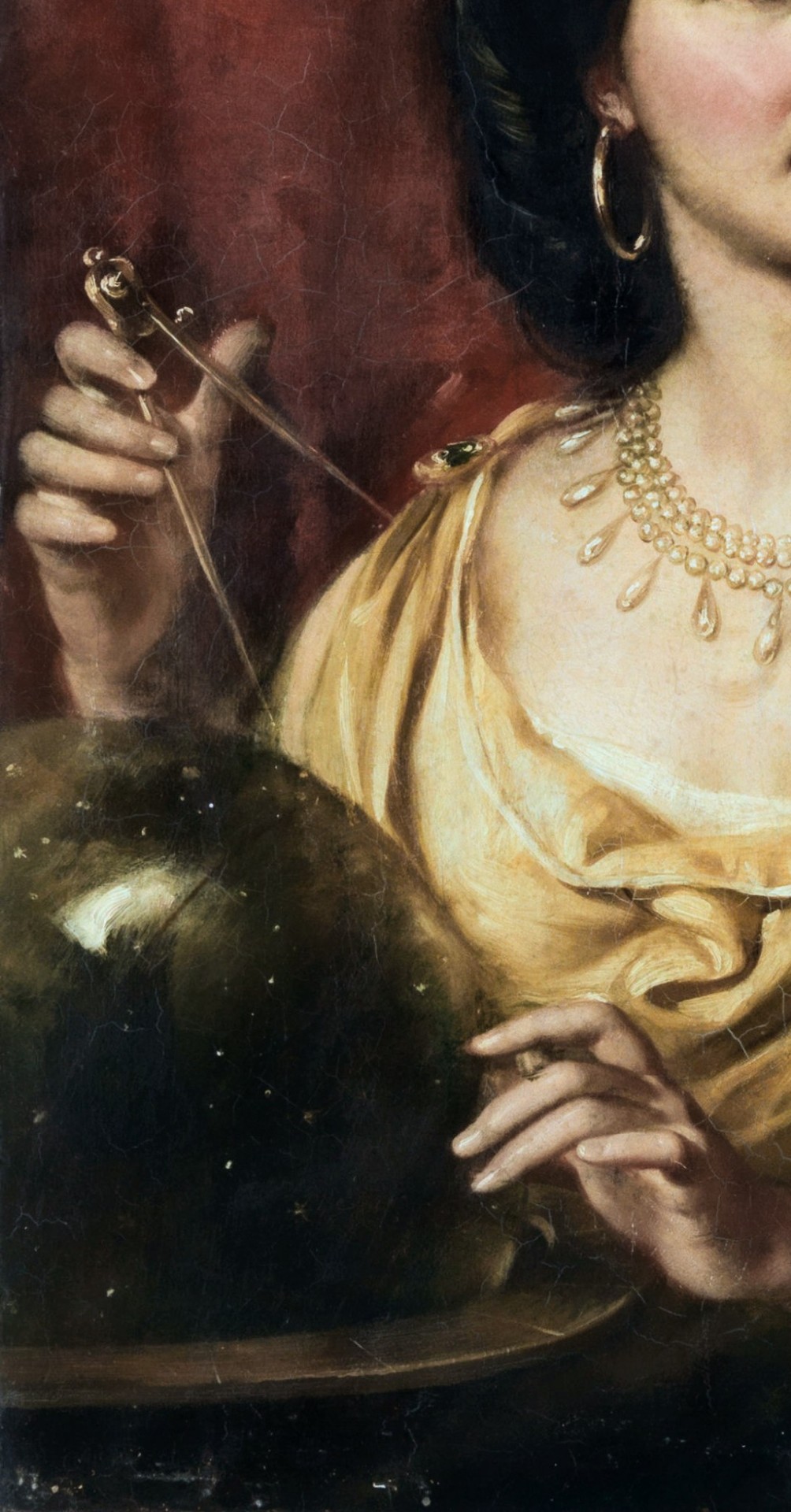
Portrait of Urania🌙
Author unknown (British School, 19th century)
#art#art detail#women in art#classical art#painting#painting detail#art details#art history#19th century art#Urania#greek mythology#greek mythology art#mythology art#astronomy#astrology#Art#artwork#space art#historical art#dark academia aesthetic#dark academia art#dark aesthetic
4K notes
·
View notes
Text
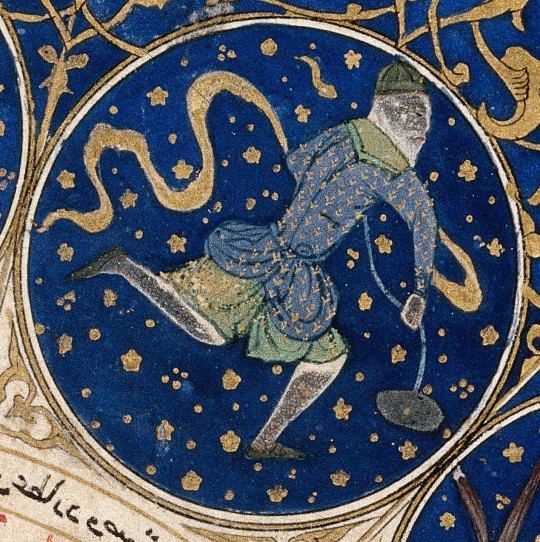



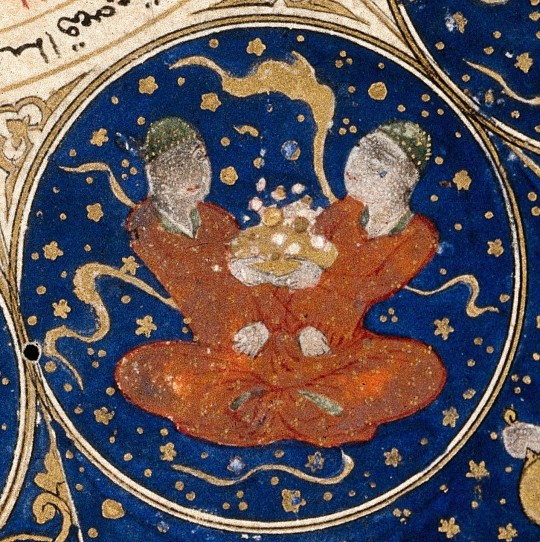
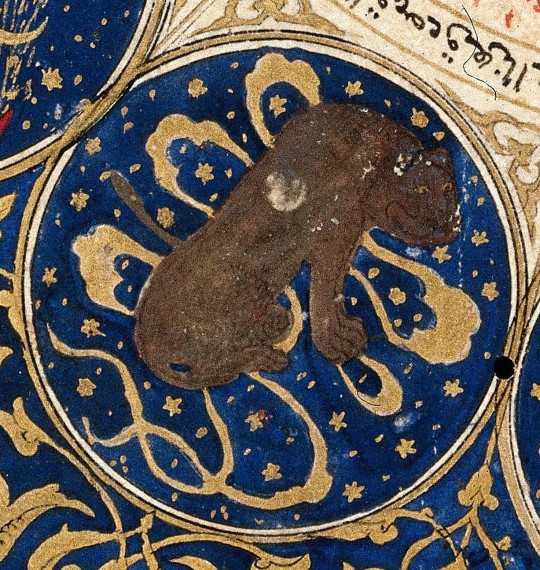
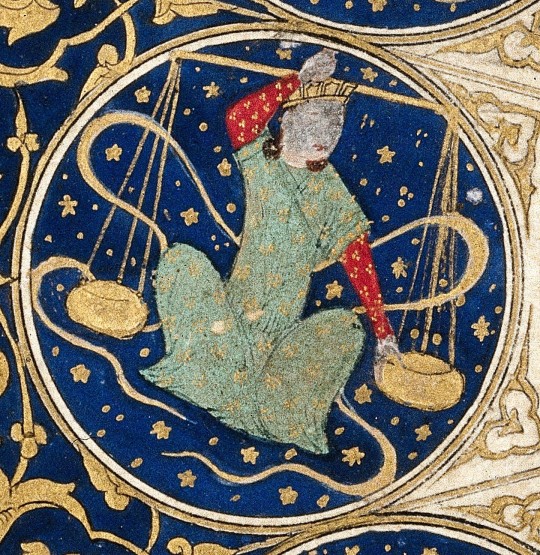
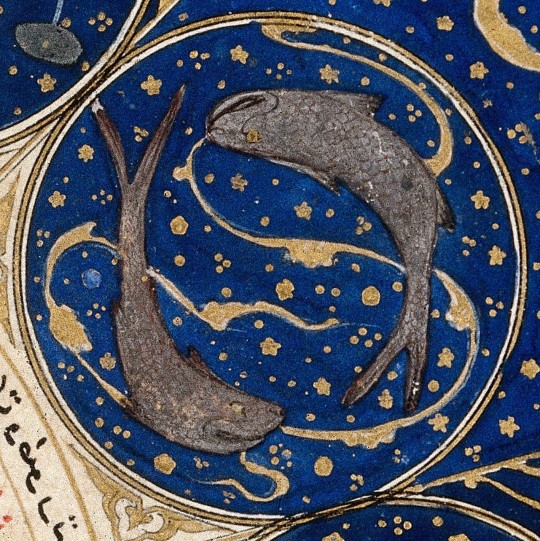
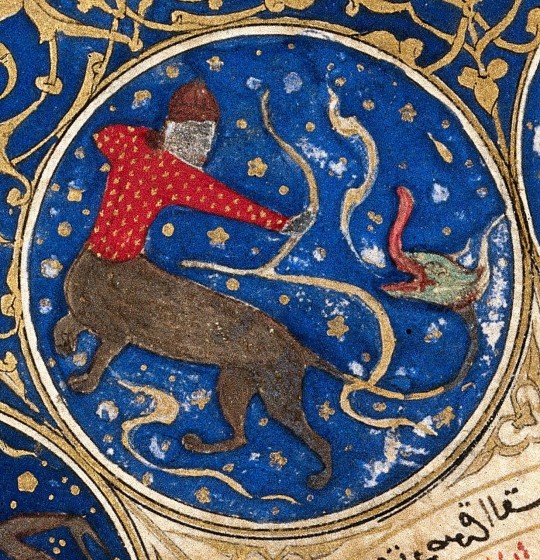
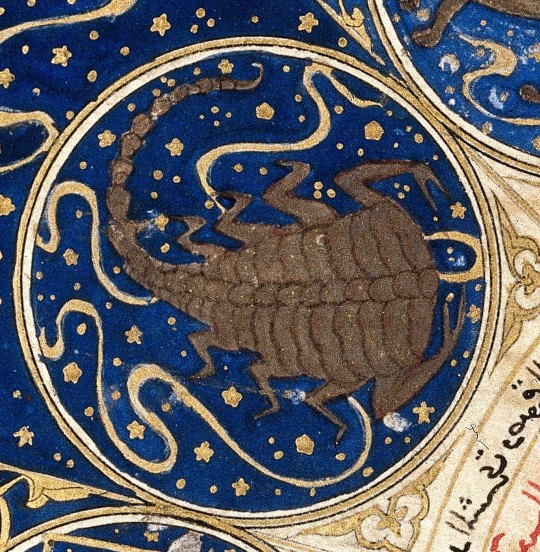


The twelve signs of the zodiac, from the Horoscope of Prince Iskandar, grandson of Tamerlane, the Turkman Mongol conqueror. Apart from being a horoscope, the manuscript of 1411 is an exquisite work of art and an exemplary production of the royal kitabkhana "publishing house" or "workshop."
The manuscript is lavishly illustrated and reflects the efforts of a whole range of specialists: astronomers (among them Imad ad-Din Mahmud al- Kashi), illuminators, gilders, calligraphers and craftsmen, and specialists in paper-making.
The images and info come from the always fascinating Open: Wellcome Collection on JSTOR, which is open access with no login needed! Creative Commons: Attribution.
#zodiac#horoscope#astrology#illuminated manuscript#persian art#iranian art#open access#creative commons#research#art history#jstor
1K notes
·
View notes
Text

Cosmic latte
"Cosmic latte" refers to the average color of the universe as determined by a team of astronomers led by Karl Glazebrook and Ivan Baldry. In 2002, they conducted a study to determine the color of the universe by combining light from over 200,000 galaxies.
After analyzing the spectral data from these galaxies, the researchers calculated the average wavelength of light and determined that the color of the universe, when viewed as a whole, is a pale beige or light brown. They humorously named this color "cosmic latte" due to its resemblance to the color of milky coffee.
The color was arrived at by combining the light emitted by stars of different ages and colors in the observed galaxies. It represents a composite color that takes into account the distribution and intensity of light throughout the universe.
The discovery of the cosmic latte color provides an interesting perspective on the overall composition of the universe. It indicates that the combination of stars and galaxies across vast distances creates a uniform hue when viewed from a distance.
While the term "cosmic latte" is not an official scientific term, it has gained popularity in popular science discussions and has become a recognizable way to describe the average color of the universe. It serves as a playful and relatable way to conceptualize the vastness and complexity of the cosmos.
Read more
#cosmic latte#color#color theory#color palette#astrology#astronomy#wikipedia#weird facts#weird history#strange facts#strange history#random fact#weird wikipedia#wikiweird
1K notes
·
View notes
Text

"Totale Sonnenfinsternis." The Total Solar Eclipse on 8 July, 1842 by Adalbert Stifter
#adalbert stifter#total solar eclipse#solar eclipse#totale sonnenfinsternis#sun#moon#eclipse#vienna#austria#1842#art#history#europe#european#austrian#observations#earth#astronomy#astrology#celestial
843 notes
·
View notes
Text
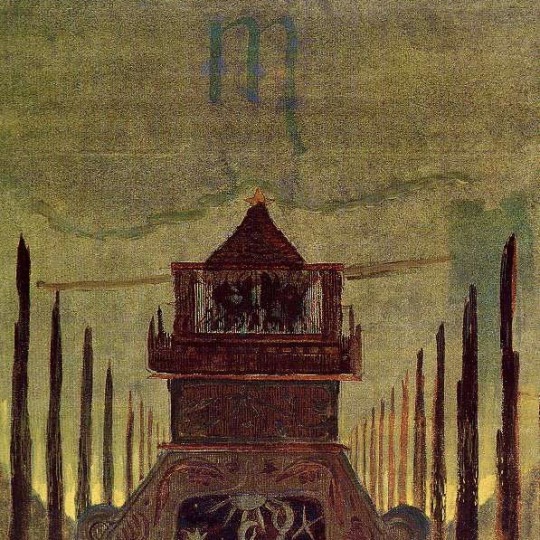
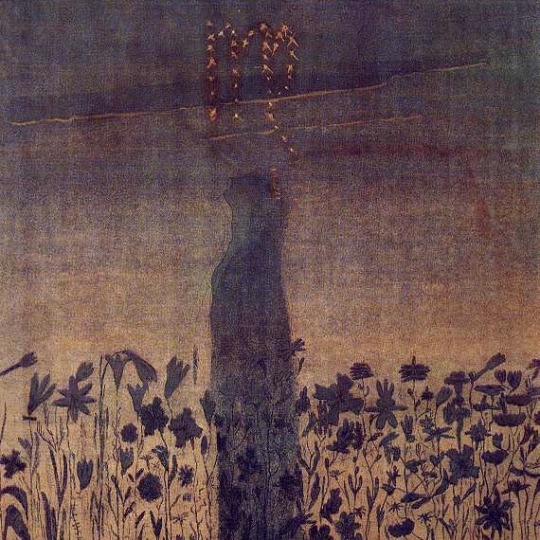
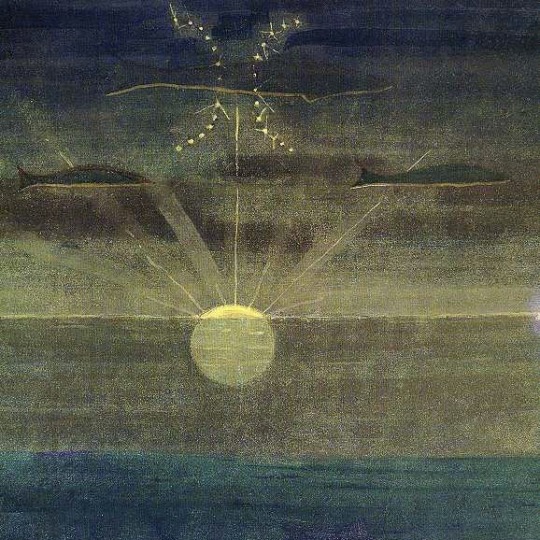

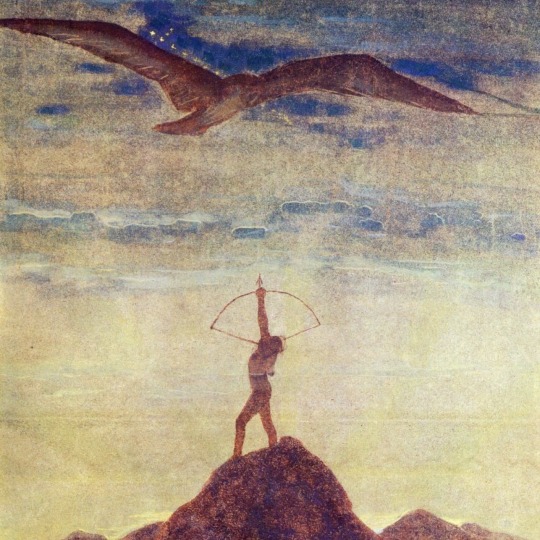
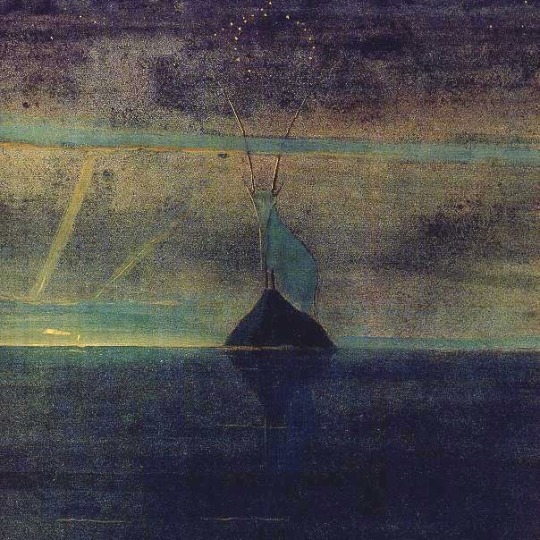

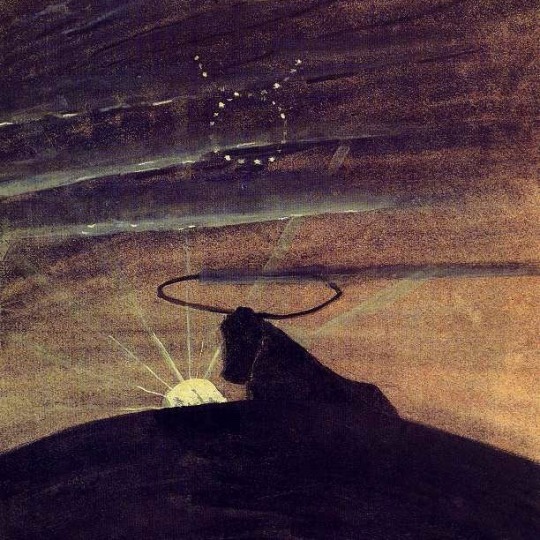

The zodiac series by MK Čiurlionis. If your sign is here, do you feel like it represents you?
#zodiac#🏖I’m still on an internet break - this post has been scheduled since the 1st of Nov🏝#Mikalojus Konstantinas Čiurlionis#Čiurlionis#ciurlionis#mikalojus ciurlionis#astrology#art detail#art history#dark academia#artblr#art details#art on tumblr
2K notes
·
View notes
Text



A 16th-Century Book of Astrological Ideas Tried to Predict the Future Using Illustrated Wheel Charts
784 notes
·
View notes
Text
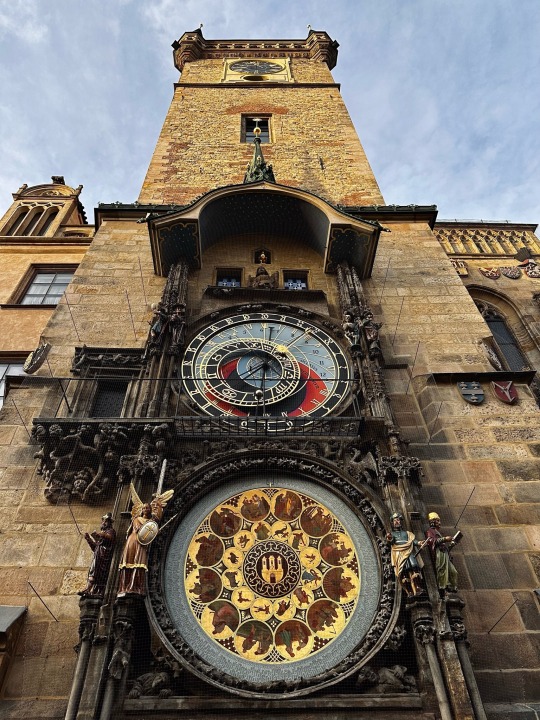

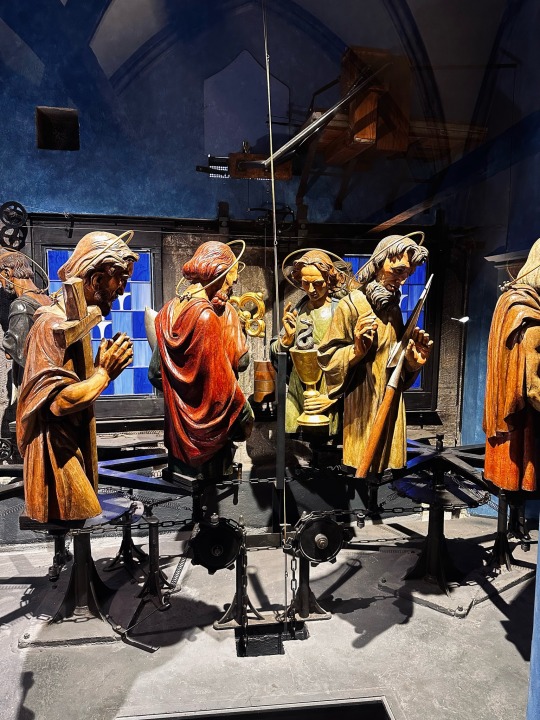
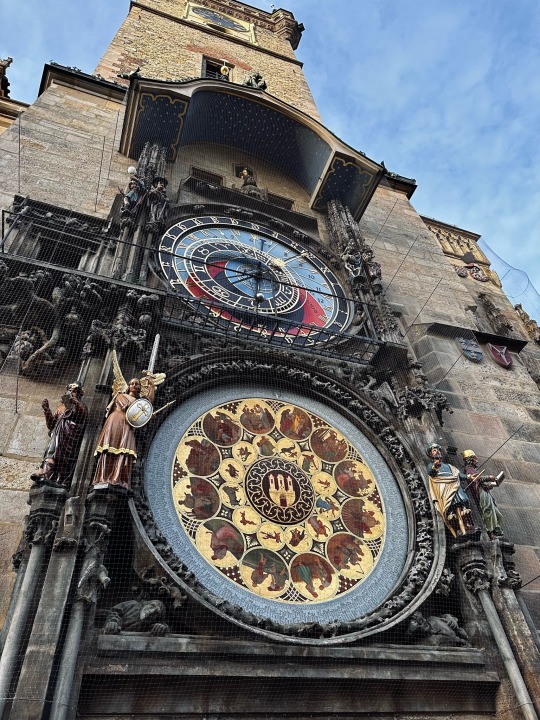


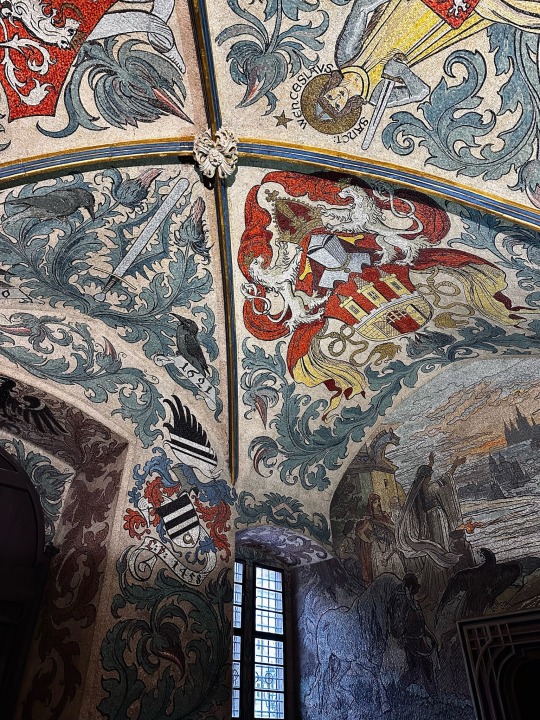

The Prague astronomical clock is a medieval astronomical clock attached to the Old Town Hall in Prague, the capital of the Czech Republic.
The clock was first installed in 1410, making it the third-oldest astronomical clock in the world and the oldest clock still in operation.
The clock mechanism has three main components – the astronomical dial, representing the position of the Sun and Moon in the sky and displaying various astronomical details; statues of various Catholic saints stand on either side of the clock; "The Walk of the Apostles", an hourly show of moving Apostle figures and other sculptures, notably a figure of a skeleton that represents Death, striking the time; and a calendar dial with medallions representing the months. According to local legend, the city will suffer if the clock is neglected and its good operation is placed in jeopardy; a ghost, mounted on the clock, was supposed to nod its head in confirmation. According to the legend, the only hope was represented by a boy born on New Year's night.
Prague astronomical clock
Old Town Hall
Prague, Czech Republic 🇨🇿
#prague#czech republic#europe#beautiful architecture#arhitecture#old city#old town#town hall#astronomy#astrology#clock#gothic atmosphere#goth architecture#history#astronomical#artists on tumblr#photographers on tumblr#original photographers#dark academia#light academia#naturecore#cottagecore#fairycore#interiors#goth aesthetic#cozy academia#cozycore#photography#atmosphere#photo
268 notes
·
View notes
Text
LJS 64 is a book of diagrams, many with moving parts, designed to accompany the work Theoricae novae planetarum by 15th-century Austrian Georg von Peurbach, who is considered one of the first modern astronomers. He was particularly interested in simplifying the Ptolemic system (which places the Earth in the center of the solar system). The diagrams in the book demonstrate increasingly complex planetary motion.
🔗:
LJS 64 was recently featured in #CoffeeWithACodex, you can watch the complete 30 minute video here:
#medieval#renaissance#manuscript#volvelles#diagram#diagrams#illustrations#astronomy#astrological#science#history of science#book history#rare books#16th century
886 notes
·
View notes